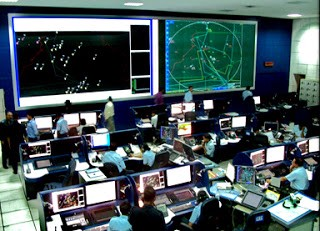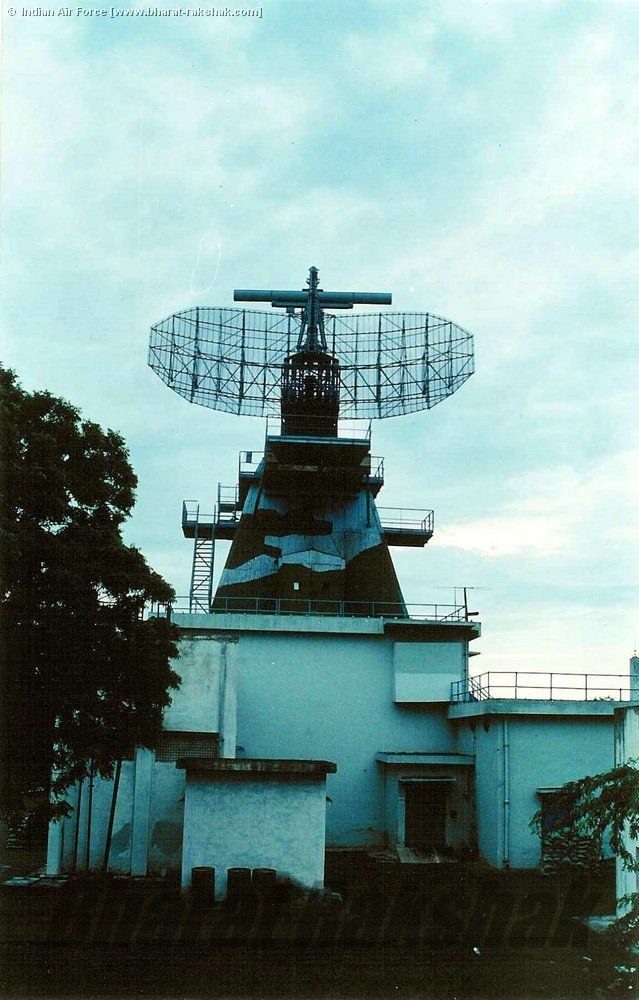1) Nepal claims Kuti-Yankti River is MAIN Kali river
2) It originates at Limpiyadhura Pass on present Indo-Tibet border and flows till Gunji.
3) As per Nepal, all areas to east of this river (blue color in map) +
#NepalIndiaBorder
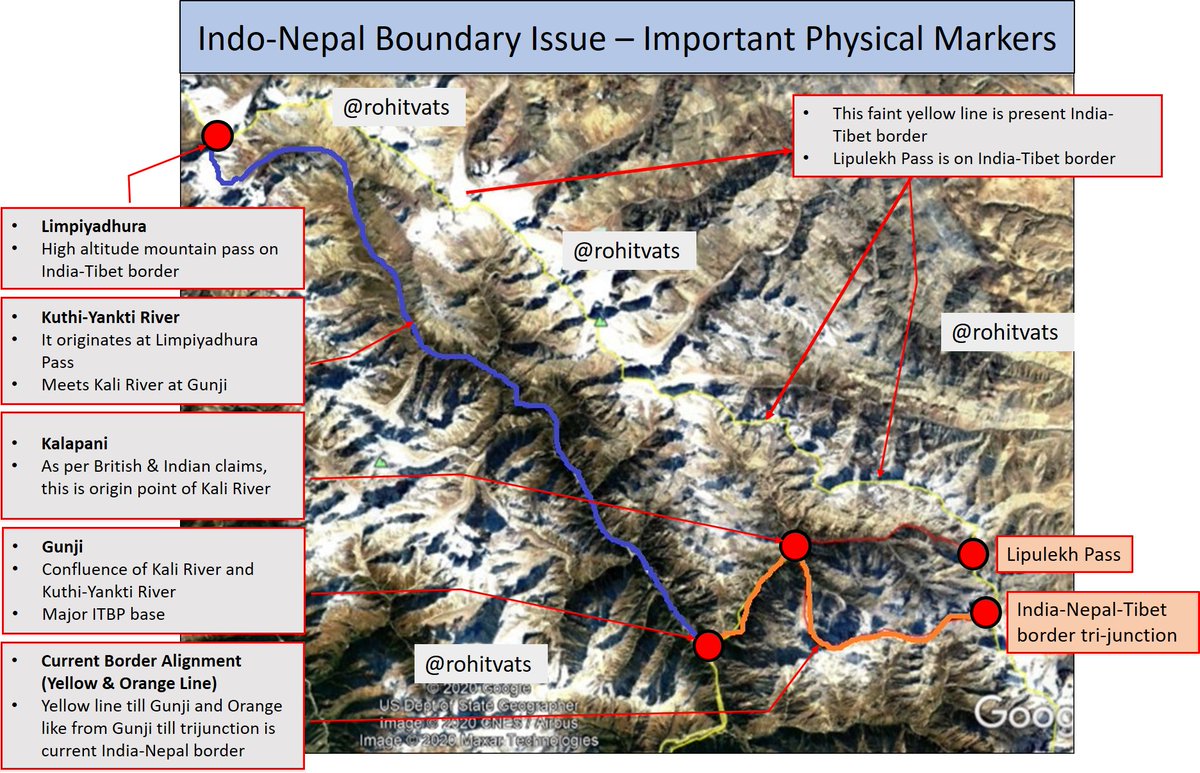
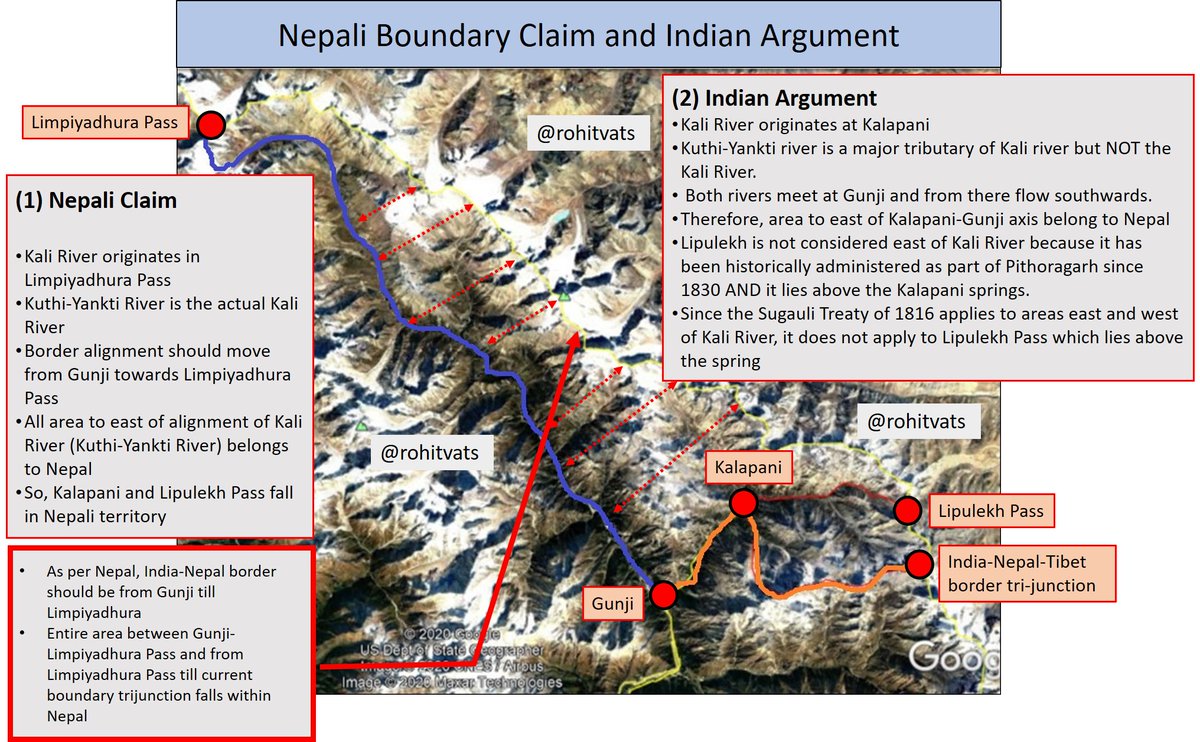
1816 Sugauli treaty should be part of Nepal.
4) Hence, Indian-Nepal border should be from Gunji to Limpiyadhura pass.
5) Entire area east of this, including Kalapani, India-Nepal-Tibet tri-junction, and Lipulekh Pass should be in Nepal.
6) Indian claim based on historical +
maps from 1879 and administrative records of Pithoragarh district from 1830 shows that Kalapani is starting point of Kali River. That is how river gets it name.
7) Kuti-Yankti is a tributary of Kali River but NOT the Kali River.
8) Kali river flows from Kalapani till Gunji
+
where it meets Kuti-Yankti River; from there, combined river, still known as Kali river, flows southwards.
9) From Kalapani downwards, India-Nepal boundary is divided along center of Kali river that is the present alignment of the boundary.
10) Lipulekh Pass is not considered +
as 'east of Kali River' and hence, part of Nepal because it lies beyond origin of the river.
11) Sugauli Treaty refers to areas west and east of the river and hence, Lipulekh Pass does not come under the definition.
12) Administrative records from 1830 show area beyond +
Kalapani and including Lipulekh pass being administered as part of Pithoragarh District.
Map courtesy: @deepak_ktm
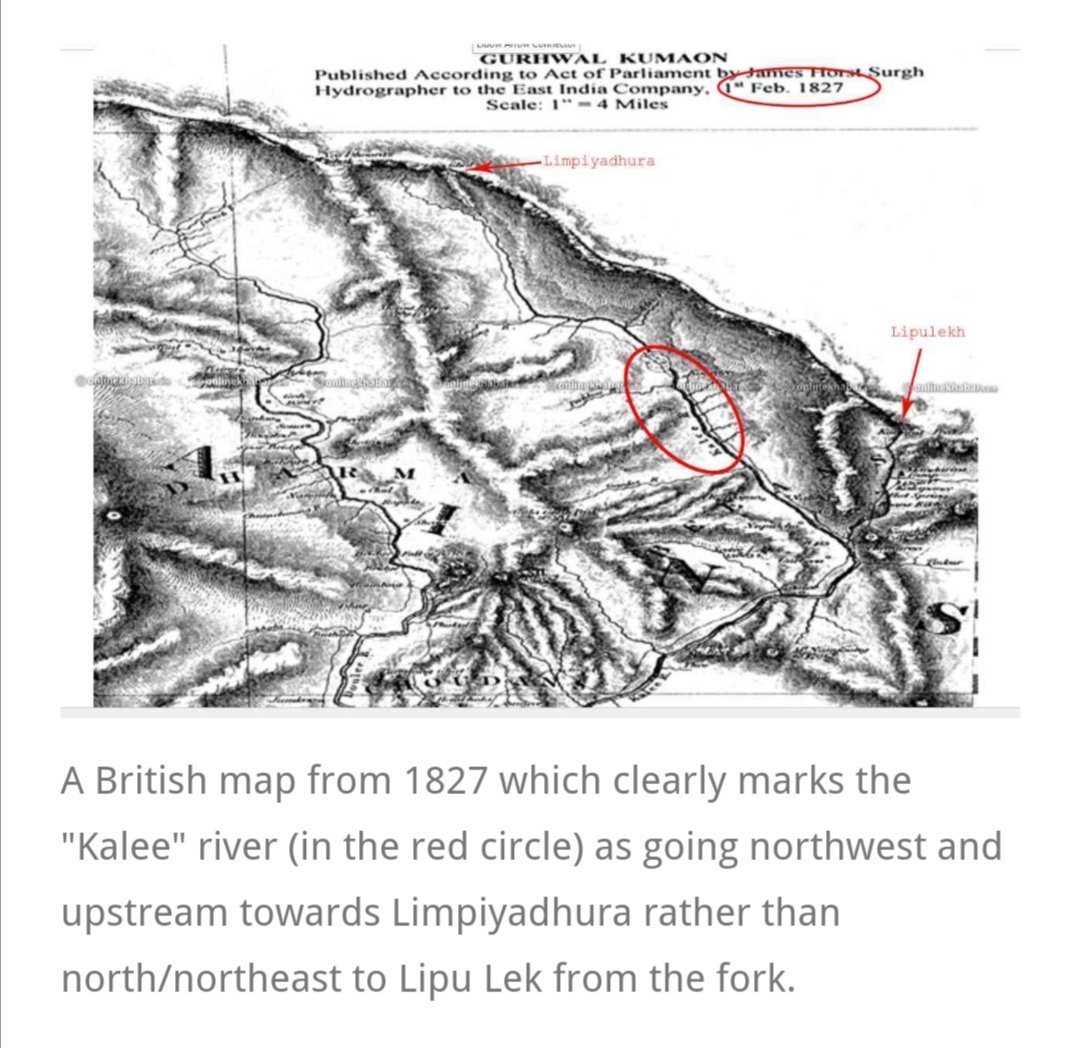
- Note the tone of article and mention about post-1990 'awakening' of people.
- BTW, don't miss this map in the article. See next tweet on its significance+
amp.scroll.in/article/962226…
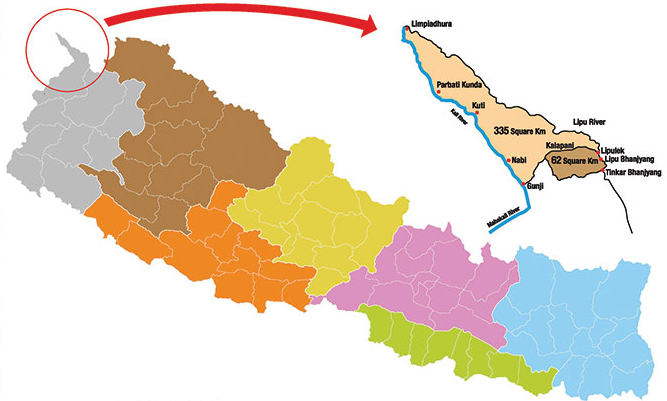
He makes maps produced till 1856 as basis for Nepalese claims. And implies that India made changes which earlier Nepali administrations did not challenge. What he does not mention, for reasons best know to him, is that 1879 map of British India corresponds to present boundary.







